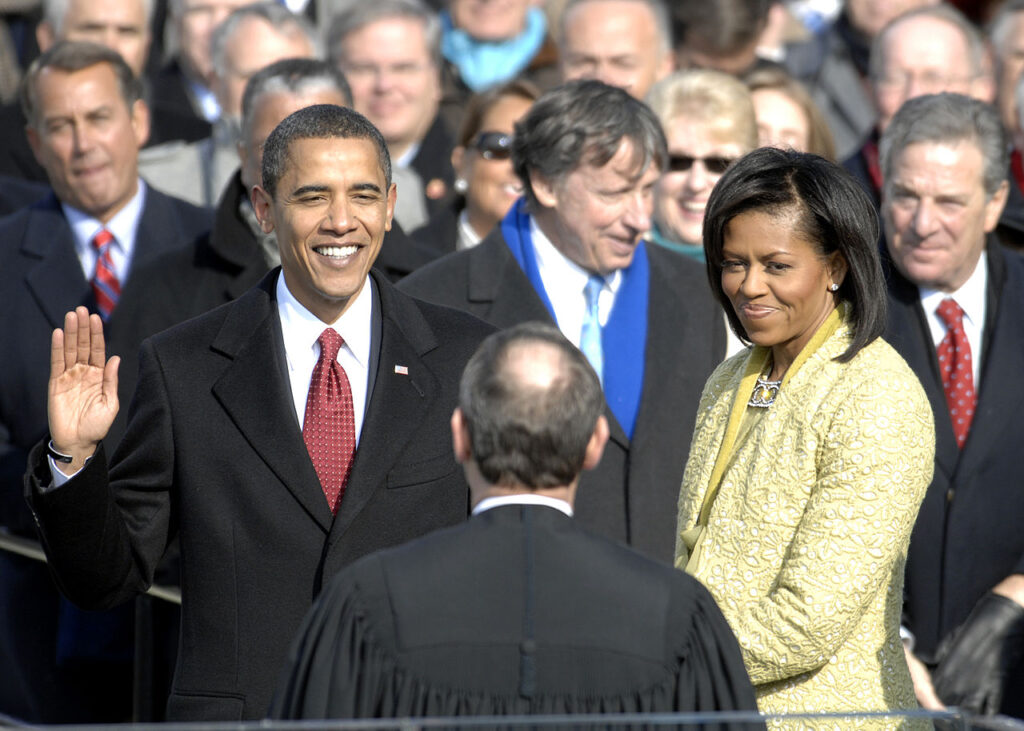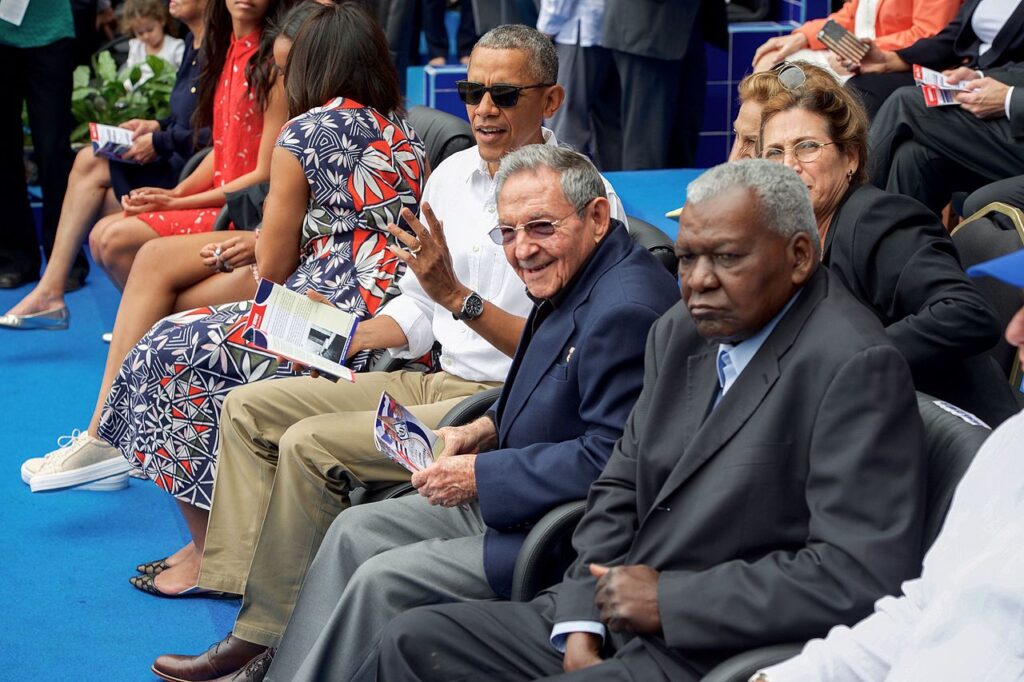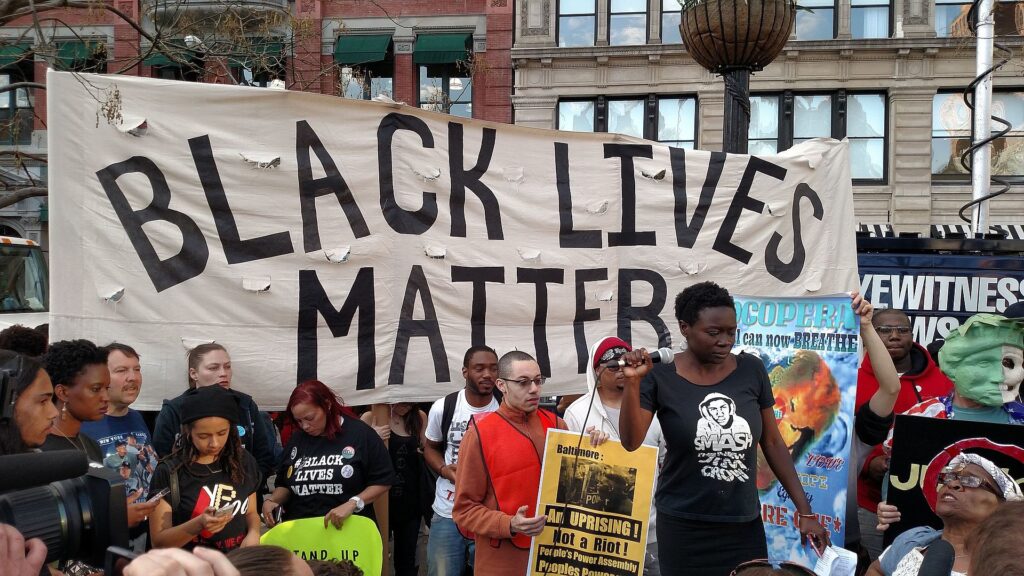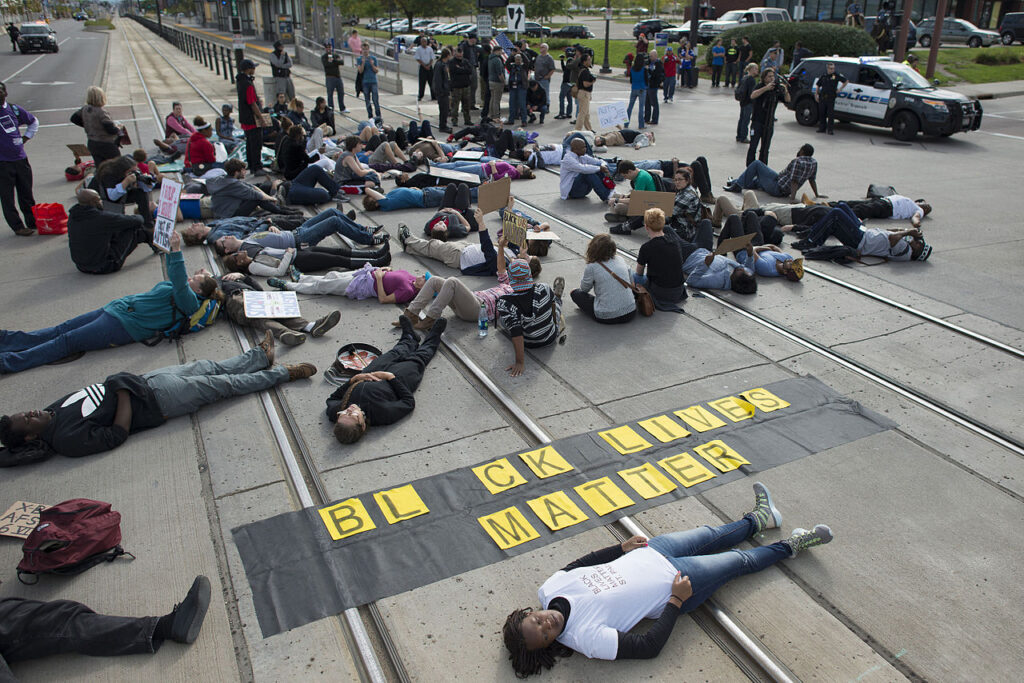
The Obama Presidency
The Obama Presidency
Few Americans would have imagined before 2008 that an African American would become president in their lifetime. Barack Obama’s election and reelection will stand as a landmark in the history of a nation with a history of racial slavery and of denial of political and civil rights for African Americans. His very name, too, broke barriers. He was the first black head of state not only in the United States but in any advanced Western society.
His election was a triumphal moment for all Americans, many of whom viewed it as a pivotal step towards the nation’s collective redemption from the curse of slavery.

But while his presidency will certainly be remembered for its pioneering role in breaking through a racial barrier, his presidency will not be remembered primarily because of President Obama’s race. Indeed, at the end of his presidency, the nation seemed more divided by race than it had eight years earlier. His terms in office revealed a latent racism that lingers in the country, most vividly evident among those “birthers” who refused to acknowledge that he was born in the United States.
In office, he faced a more hostile political opposition than any president since Harry Truman and the “do-nothing” Congress of 1946. Nevertheless, he achieved a number of notable successes.
Among these was helping save the U.S. and global economy from a major depression and launching a slow, if uneven, economic recovery.
When President Obama took office the United States was in the midst of the worst economic downturn since the Great Depression. To mitigate the effects of the Great Recession, he proposed and signed an economic stimulus bill into law. His administration authorized substantial federal spending on education, green energy, and infrastructure improvements. As the result of his efforts, the United States’ economy entered into a prolonged period of expansion. The stock market recovered its losses, but real personal income stagnated and many men left the workforce.
He appointed two women to the Supreme Court and fought pay discrimination, worked toward combating sexual assault on college campuses and in the military, and expanded services for victims of domestic violence and their children. In addition, he protected undocumented immigrants from deportation who had been brought into the United States as children.

He also helped halt the expansion of the nation’s prison population. In 2010, Obama signed the Fair Sentencing Act, reducing prison time for convictions involving crack cocaine. Under Attorney General Eric Holder, sentencing guidelines were made retroactive, leading to the release of thousands.
His single greatest achievement was enactment of the Affordable Care Act, a national health care plan which delivered access to medical care to millions of low- and middle-income Americans. The United States became the last advanced society to ensure access to health coverage for most citizens.
Obamacare, as the health care plan was popularly known, made purchasing health insurance mandatory for American citizens or required them to pay a fine. The law also made it illegal for insurance companies to deny coverage for preexisting conditions, required health plans to cover a variety of essential services, and provided subsidies for those too poor to afford adequate health insurance.
His foreign policy legacy is likely to be hotly debated. His biggest achievement was killing Osama bin Laden, the mastermind behind the 9/11 terrorist attack. He also helped end the nation’s commitment to an unbounded “war against terror,” instead waging a series of specific fights against specific groups, such as Al Qaeda and ISIS. He improved relations with Western allies, opened diplomatic relations with Cuba, and succeeded in negotiating an agreement with Iran that promised to delay development of Iranian nuclear weapons for at least a decade.
However, he was not able to stabilize the situation in Afghanistan or Iraq. He intervened in Libya, which resulted in factional fighting, and did not intervene in Syria, where an estimated half a million people died during a civil war. His administration never settled on a coherent policy for dealing with the pressures for democratization in the Middle East known as the Arab Spring.

Perhaps more significant than any specific foreign policy decision was a broader shift in orientation. His administration shifted the military away from a reliance on aircraft carriers, strategic bombers, and other materiel toward drones, special forces, and cyberwarfare. He also moved from the unilateralism that characterized the Bush presidency toward multilateralism, evident especially in addressing the issue of climate change.
Many of the most important developments of the Obama years were the emergence of a series of grassroots movements to drive change. Black Lives Matter drove public awareness about racial justice in policing. Parallel movement ignited attention to immigrant rights, transgender rights, and sexual assault.
However, his administration was only able to address in a limited way one of the most important economic developments of the past half century: The stagnation of income and wealth for most Americans and the worsening of economic inequality.
A landmark development during the Obama presidency was the legalization of same-sex marriage in 2015 as the result of a Supreme Court decision. Declared President Obama, in response to the ruling, “We have made our union a little more perfect.”
How Close is the Country to Achieving Racial Equality?
Over half a century has passed since Congress enacted the Civil Rights Act of 1964. How close has the country come to achieving racial equality?
By some measures, progress has been impressive. Adjusted for inflation to 2014 dollars, the percentage of African Americans making at least $75,000 more than doubled from 1970 to 2014, to 21 percent. Those making $100,000 or more nearly quadrupled, to thirteen percent. In contrast, white Americans saw a less impressive increase, from 11 to 26 percent. Yet close to thirty percent of black families still live below the poverty line.
By other measures, however, inequities remained entrenched. If America had achieved equality in education and jobs, African Americans would have two million more high school degrees, two million more college degrees, nearly two million more professional and managerial jobs, and nearly $200 billion more income. If America had racial equality in housing, three million more African Americans would own their homes.
And if America had racial equality in wealth, African Americans would have $760 billion more in home equity value, $200 billion more in the stock market, $120 billion more in their retirement funds, and $80 billion more in the bank. That alone would total over $1 trillion more in wealth.

According to a 2011 study from Pew Research Center, whites possess 20 times more wealth than African Americans and 18 times that of Latinos. Whereas the average white family has accumulated $113,149 of wealth, the typical black household has only accumulated $5,677 in wealth
Police are three times as likely to search the cars of stopped black drivers than stopped white drivers.
Police arrest black Americans for drug crimes at twice the rate of whites, according to federal data, despite the fact that whites use drugs at comparable rates and sell drugs at comparable or even higher rates.
A 2014 study in New York City showed that blacks were more likely than whites or nonblack minorities to be in jail while they await trial, even after controlling for the seriousness of charges and prior record.
Racial separation between whites and blacks persists. According to one recent study, the average white person’s friendship network is only one percent black.
Despite supposed progress in race relations, the racial gap in educational attainment, employment, income, wealth, and housing has barely narrowed.
White households have a median wealth thirteen times that of black households. Whites are much more likely to own a house. In 2013, homeownership rates for blacks is just 43 percent compared to 72 percent for whites.
In 2014, blacks were twice as likely as whites to live in poverty or be unemployed. And while 23 percent of blacks said they sought food from a food bank or pantry in the past twelve months, just eight percent of whites said the same.
There was also a persistent gap in educational attainment. In 2011, 34 percent of whites completed a four-year college degree, whereas just twenty percent of blacks and thirteen percent of Hispanics did.